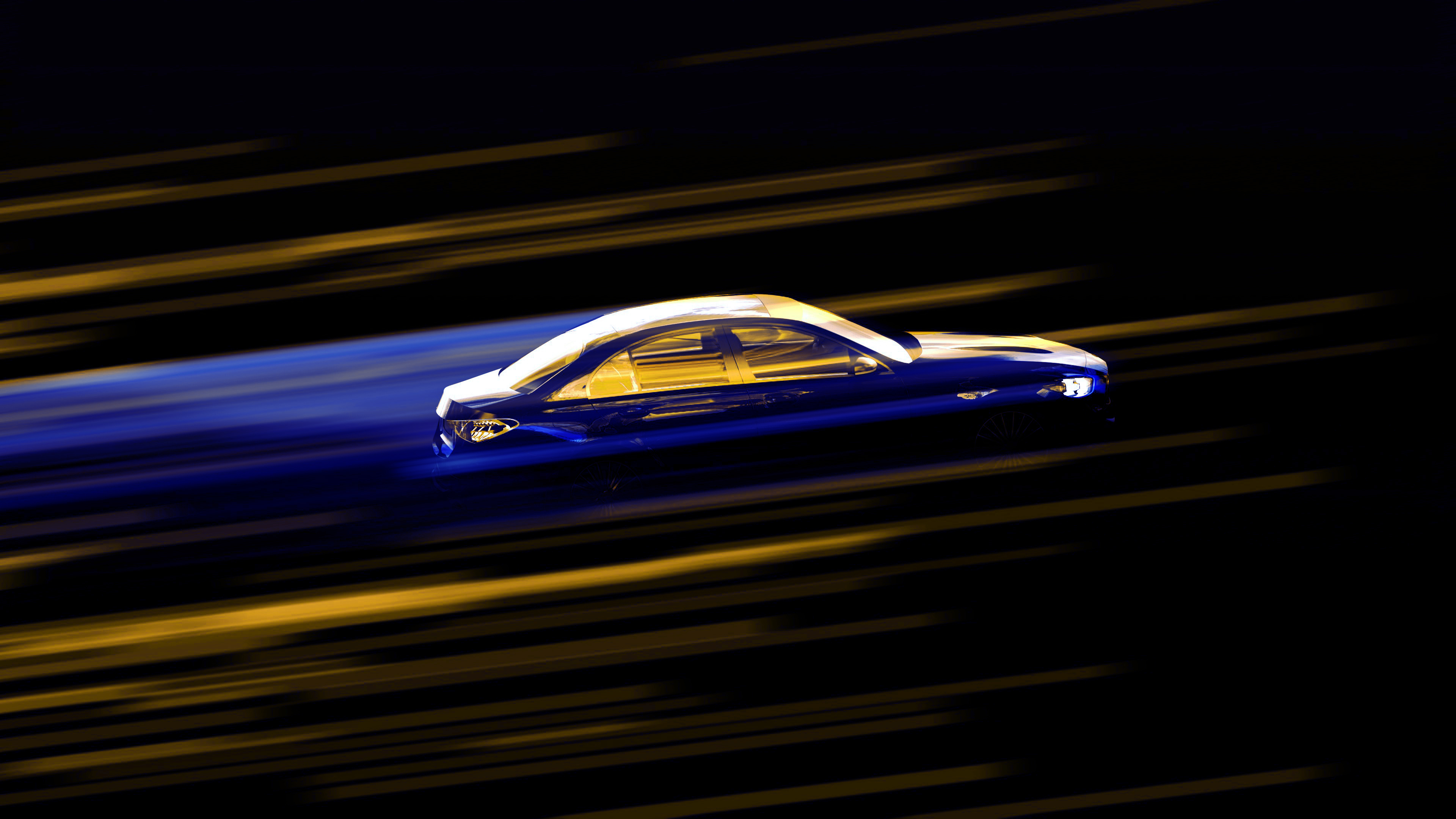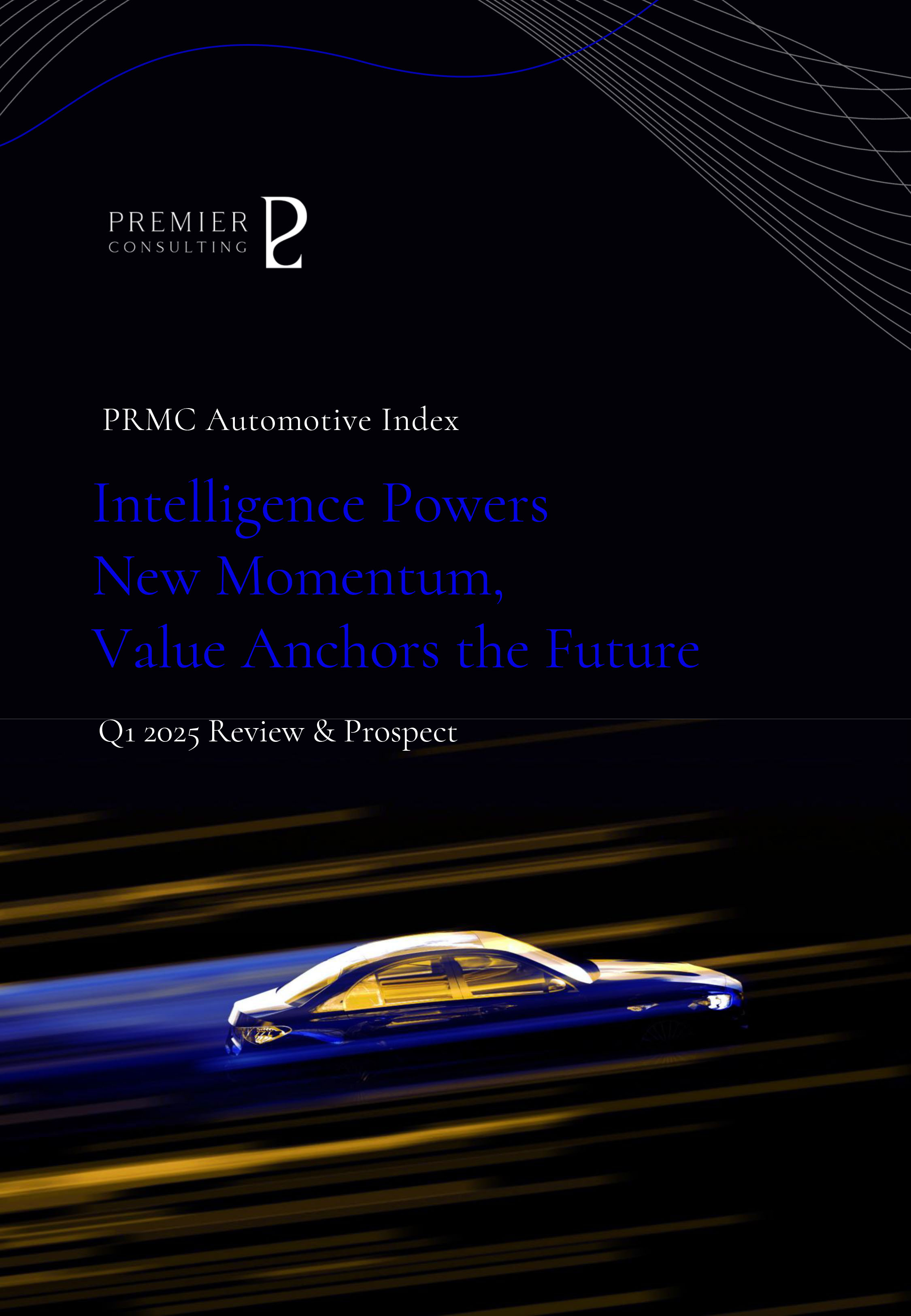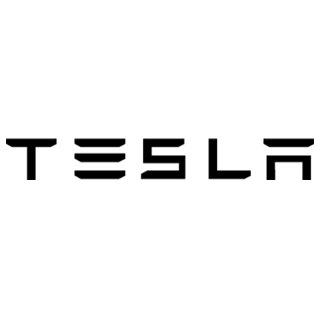
Q1 2025 PRMC Automotive Index Review & Prospect
Q1 2025 PRMC Automotive Index Review & Prospect

Q1 2025 PRMC Automotive Index Review & Prospect
Aug 03, 2025
Offering investors fresh perspective, seizing short-term volatility, and positioning for long-term growth in the automotive sector.
Intelligence Powers New Momentum, Value Anchors the Future
In the first quarter of 2025, China's automotive industry operated steadily, with production and sales reaching 7.561 million and 7.470 million units, respectively, representing year-on-year growth of 14.50% and 11.20%. Notably, the new energy vehicle sector performed exceptionally well, with both pure electric and hybrid vehicles surpassing the 3 million mark in production and sales. In terms of exports, overall performance remained stable, although the growth rate in March was only 1%. In the second quarter, attention must be given to the potential negative impact of the tariff war on China's automotive exports.
The PRMC Auto Index closed at 1,275.73 points in Q1, declining by 111.13 points (-8.01%), underperforming key global indices such as the NASDAQ Composite, STAR & CHINEXT 50, STOXX Europe 600 Technology, and Hang Seng Tech. Among the secondary indices, the Auto Manufacturing Index recorded the largest drop (-13.43%), followed by the Auto Supply Index (-5.65%), while the Auto Service Index proved more resilient (-3.13%).
In terms of individual stock performance, there was significant divergence in Q1. Companies such as Xpeng, Thyssenkrupp, and Zhejiang Leapmotor saw remarkable growth, with their stock prices rising substantially. On the other hand, Tesla, Aston Martin, and Zoomcar underperformed, with their stock prices lagging behind the early-year performance.
The wise adapt to change, the strong anticipate it. Looking ahead to Q2, China's automotive market is expected to maintain its steady recovery, supported by consistent policy direction and sustained technological leadership driving electrification. Furthermore, the implementation of the "Special Action Plan to Stimulate Consumption" and major industry events such as the Shanghai International Automobile Industry Exhibition will further energize the market. In contrast, the European market remains constrained by geopolitical risks and economic weakness, with retail demand unlikely to recover significantly in the short term. Capacity reductions and labor union protests continue to disrupt operations at some automakers. Meanwhile, the U.S. market faces mounting challenges, as rising protectionism and expectations of imported inflation exert dual pressure on consumer spending and corporate investment, casting a cloud over the near-term outlook for the automotive sector.
DOWNLOADS

Full Report (70 pages)


.jpg)





